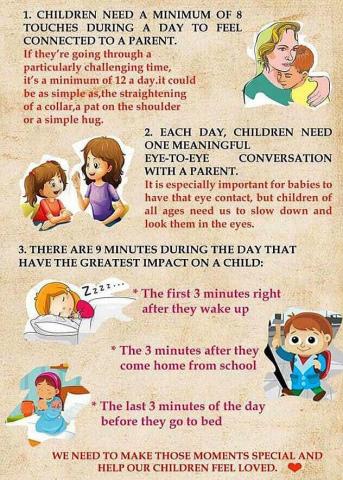

Negative childhood experiences can set our brains to constantly feel danger and fear says psychiatrist and traumatic stress expert Bessel van der Kolk. He's the author of the recently published book, The Body Keeps the Score: Brain, Mind, and Body in the Healing of Trauma.
A report by the University Of San Diego School Of Law found that about 686,000 children were victims of abuse and neglect in 2013. Traumatic childhood events can lead to mental health and behavioral problems later in life, explains psychiatrist Bessel van der Kolk.
Children’s brains are literally shaped by traumatic experiences, which can lead to problems with anger, addiction, and even criminal activity in adulthood, says van der Kolk. Side Effects contributing producer Barbara Lewis spoke with him about his book.
Barbara Lewis: Can psychologically traumatic events change the physical structure of the brain?
Dr. Bessel van der Kolk: Yes, they can change the connections and activations in the brain. They shape the brain.
The human brain is a social organ that is shaped by experience, and that is shaped in order to respond to the experience that you’re having. So particularly earlier in life, if you're in a constant state of terror; your brain is shaped to be on alert for danger, and to try to make those terrible feelings go away.
The brain gets very confused. And that leads to problems with excessive anger, excessive shutting down, and doing things like taking drugs to make yourself feel better. These things are almost always the result of having a brain that is set to feel in danger and fear.
As you grow up and get a more stable brain, these early traumatic events can still cause changes that make you hyper-alert to danger, and hypo-alert to the pleasures of everyday life.
BL: So are you saying that a child's brain is much more malleable than an adult brain?
BK: A child's brain is virtually nonexistent. It's being shaped by experience. So yes, it’s extremely malleable.
BL: What is the mechanism by which traumatic events change the brain?
BK: The brain is formed by feedback from the environment. It's a profoundly relational part of our body.
In a healthy developmental environment, your brain gets to feel a sense of pleasure, engagement, and exploration. Your brain opens up to learn, to see things, to accumulate information, to form friendships.
When you're traumatized you're afraid of what you're feeling, because your feeling is always terror, or fear or helplessness. I think these body-based techniques help you to feel what's happening in your body, and to breathe into it and not run away from it. So you learn to befriend your experience.
But if you're in an orphanage for example, and you're not touched or seen, whole parts of your brain barely develop; and so you become an adult who is out of it, who cannot connect with other people, who cannot feel a sense of self, a sense of pleasure. If you run into nothing but danger and fear, your brain gets stuck on just protecting itself from danger and fear.
BL: Does trauma have a very different effect on children compared to adults?
BK: Yes, because of developmental issues. If you're an adult and life's been good to you, and then something bad happens, that sort of injures a little piece of the whole structure. But toxic stress in childhood from abandonment or chronic violence has pervasive effects on the capacity to pay attention, to learn, to see where other people are coming from, and it really creates havoc with the whole social environment.
And it leads to criminality, and drug addiction, and chronic illness, and people going to prison, and repetition of the trauma on the next generation.
BL: Are there effective solutions to childhood trauma?
BK: It is difficult to deal with but not impossible.
One thing we can do - which is not all that well explored because there hasn't been that much funding for it - is neurofeedback, where you can actually help people to rewire the wiring of their brain structures.
Another method is putting people into safe environments and helping them to create a sense of safety inside themselves. And for that you can go to simple things like holding and rocking.
We just did a study on yoga for people with PTSD. We found that yoga was more effective than any medicine that people have studied up to now. That doesn't mean that yoga cures it, but yoga makes a substantial difference in the right direction.
BL: What is it about yoga that helps?
BK: It's about becoming safe to feel what you feel. When you're traumatized you're afraid of what you're feeling, because your feeling is always terror, or fear or helplessness. I think these body-based techniques help you to feel what's happening in your body, and to breathe into it and not run away from it. So you learn to befriend your experience.